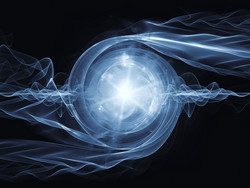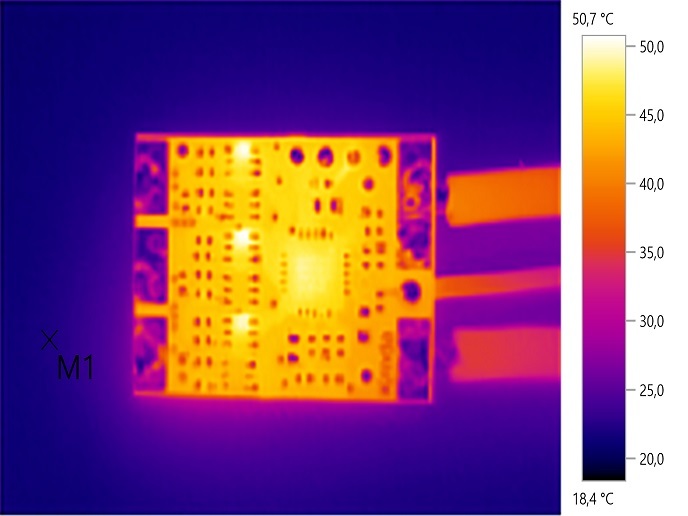Single photons reveal crystal quantum nature
Micro and nanomechanical resonators have received a great deal of attention as a new class of systems on which quantum theory can be tested. A prominent resonator system is an optomechanical cavity where the radiation pressure of light circulating inside the cavity is used to manipulate and read out mechanical oscillators. There are two fundamental requirements to transfer the quantum properties of single photons to the macroscopic devices. Firstly, it is necessary to drive an optomechanical oscillator to the quantum ground state by cooling it down to temperatures close to absolute zero. Secondly, the force between the mechanical resonator and the single photon – the coupling strength – has to be high. The EU-funded project OPTOMECH (Quantum opto-mechanics with photonic and phononic crystals) focused on designing and optimising optomechanical systems, especially crystals. Optomechanical crystals outperform all existing devices in terms of coupling strength, thus being ideal candidates for single-photon quantum optomechanical coupling. Combining continuous flow helium cryostats and the radiation pressure from a laser, scientists managed to cool the mechanical motion of an optomechanical device down to its quantum ground state. Furthermore, improved coupling schemes enabled a path to demonstrate passive cooling with a helium dilution refrigerator. The team employed novel methods to map a material area of a nanomechanical resonator on a light field through radiation pressure. A single photon detector allowed detecting the emitted photons and enhanced understanding of phonon statistics. Findings demonstrated the possibility that phonon statistics exhibit quantum states. Use of squeezed light with quantum fluctuations below that of the vacuum field had long been proposed as a means of reducing the optical read-out noise. Scientists successfully generated such squeezed light through continuous measurements of the mechanical oscillator position. OPTOMECH successfully demonstrated a number of quantum experiments with optomechanical systems. Such systems that are governed by quantum effects can serve as exquisitely sensitive quantum sensors or for quantum information applications.





